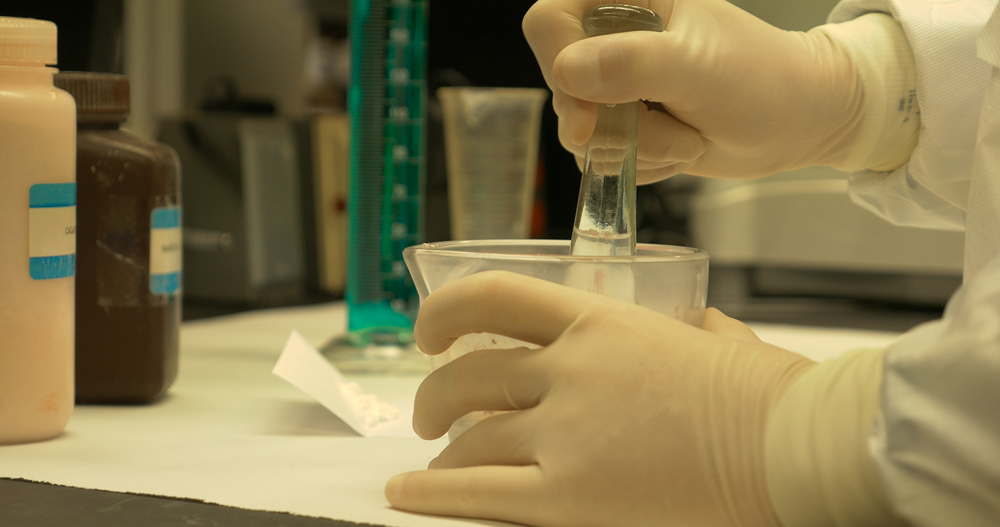
In the realm of healthcare, compounded medications play a crucial role in addressing unique patient needs that cannot be met by commercially available drugs. This guide aims to provide a thorough understanding of what compounded medications are, their benefits, how they are made, and the regulatory aspects surrounding them.
What Are Compounded Medications?
Compounded medications refer to customized prescriptions that are prepared by pharmacists or healthcare providers to meet specific patient requirements. These medications are formulated based on a physician’s prescription that specifies the exact combination and dosage of ingredients needed.
Benefits of Compounded Medications
There are several key advantages to using compounded medications:
- Customization: They allow for tailored formulations to suit individual patient needs, such as adjusting dosage strengths, combining multiple medications into a single dosage form, or eliminating unnecessary ingredients that a patient may be allergic to.
- Alternative Dosage Forms: Compounded medications can be prepared in various forms including creams, liquids, troches (lozenges), suppositories, and even lollipops, providing options for patients who have difficulty swallowing pills or need localized treatment.
- Allergen-Free Formulations: Patients with allergies to certain dyes, preservatives, or other ingredients commonly found in commercial medications can benefit from compounded medications that exclude these allergens.
How Compounded Medications Are Made
The process of compounding medications involves several steps to ensure accuracy and safety:
- Prescription: A healthcare provider prescribes a compounded medication based on the specific needs of the patient.
- Ingredient Selection: Pharmacists carefully select pharmaceutical-grade ingredients from reputable suppliers.
- Compounding Process: The ingredients are combined in the exact strength and dosage form specified by the prescription. This may involve mixing, heating, or other processes to create the final product.
- Quality Assurance: Pharmacists conduct quality checks throughout the compounding process to verify accuracy and consistency.
- Labeling and Packaging: The compounded medication is labeled with detailed instructions for use and stored appropriately to maintain stability.
Regulatory Framework for Compounded Medications
The compounding of medications is regulated by both federal and state authorities to ensure patient safety and quality standards are maintained:
- FDA Oversight: The Food and Drug Administration (FDA) oversees the safety and effectiveness of compounded medications, particularly focusing on pharmacies that mass-produce compounded drugs or produce them without prescriptions (which is illegal).
- State Boards of Pharmacy: Each state has its own regulations governing pharmacy compounding practices, including licensing requirements for pharmacies and training standards for pharmacists and pharmacy technicians.
- USP Standards: The United States Pharmacopeia (USP) sets standards for compounding practices through chapters such as USP <795> (non-sterile preparations) and USP <797> (sterile preparations), which outline procedures for preparing compounded medications under sterile conditions.
Common Uses of Compounded Medications
Compounded medications are used across various medical specialties to address specific patient needs:
- Hormone Replacement Therapy (HRT): Compounded bioidentical hormones can be tailored to match the exact hormone levels needed by individual patients, potentially minimizing side effects associated with traditional hormone therapies.
- Pediatric and Geriatric Care: Children and elderly patients often have unique medication needs that can be better addressed through compounded formulations, such as flavored liquids for children or dosage forms that are easier to administer for older adults.
- Dermatology: Customized creams, ointments, and gels can be compounded to treat skin conditions like eczema, psoriasis, or acne, incorporating medications and ingredients that are best suited for the patient’s skin type and condition.
Conclusion
Understanding compounded medications is essential for both patients and healthcare providers to explore alternative treatment options that are tailored to individual needs. By harnessing the flexibility and customization offered by compounded medications, healthcare professionals can improve patient outcomes and quality of life. As regulations continue to evolve and awareness grows, compounded medications will likely play an increasingly significant role in modern healthcare practices.
Whether you’re considering compounded medications for yourself or your patients, knowing the benefits, processes involved, and regulatory considerations ensures safe and effective use. Stay informed, consult with healthcare professionals, and explore how compounded medications could be a valuable addition to your healthcare regimen.
Need Naturopath in Whittier, CA?
Since 1985, Chemique Pharmaceuticals, Inc. has been a recognized leader in the infusion pharmacy industry based in Wittier, California. Our therapies include compounded solutions for parenteral antibiotics, chemotherapy, pain medications, total Parenteral Nutrition (T.P.N), and other drugs. Some of our services include antibiotic therapies, hydration therapies, hormone replacement therapies, continuous or cyclical Total Parental Nutritional IV support, and more. At Chemique Pharmaceuticals, Inc. we are dedicated to having you feel your best. Call us today for more information!

